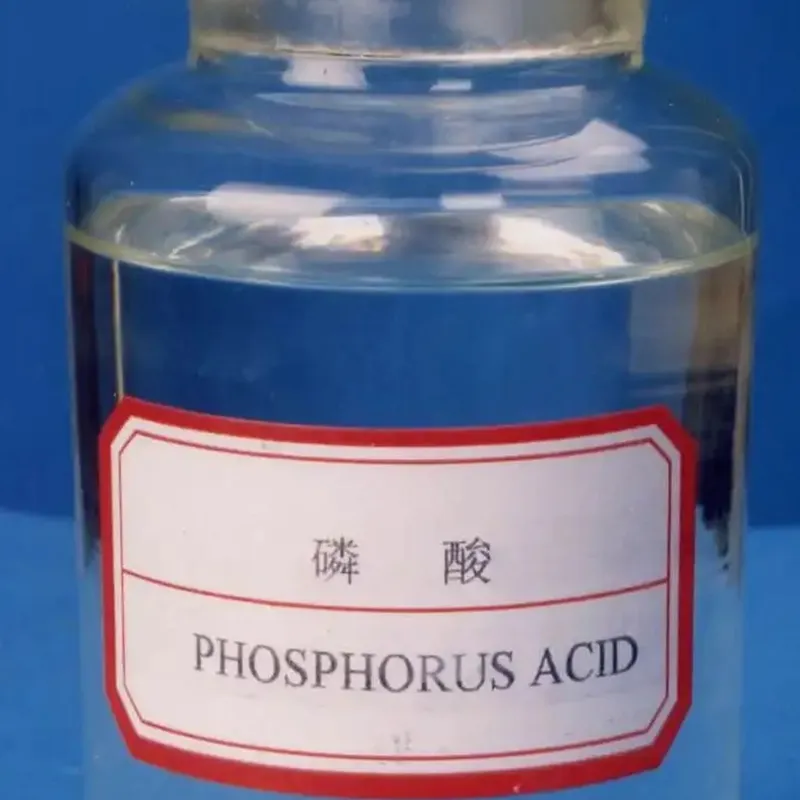
preservative ins 200
Understanding Preservative INS 200 Its Role and Impact on Food Safety
Preservatives play a crucial role in the food industry, ensuring the safety and longevity of various products. Among these, INS 200, also known as sorbic acid, stands out as a widely used food preservative. Understanding its functions, benefits, and potential concerns can help consumers make informed choices about the food they consume.
What is INS 200?
INS 200 refers to sorbic acid, a natural compound derived from the berries of the sorbus tree. It has antimicrobial properties, making it effective against molds, yeasts, and certain bacteria. Sorbic acid is often employed in food preservation due to its ability to inhibit the growth of spoilage microorganisms and extend the shelf life of products without compromising their flavor or safety.
Applications of INS 200
Sorbic acid is commonly utilized in a variety of food products, including baked goods, cheeses, and beverages. Its effectiveness is particularly notable in products such as wines and fruit juices, where it safeguards against microbial spoilage while preserving the integrity of flavor. The presence of INS 200 not only contributes to food safety but also reduces food waste by extending the time edible products can be stored without deterioration.
Safety and Approval
preservative ins 200

The safety of using INS 200 in food has been thoroughly evaluated by various health organizations, including the Food and Drug Administration (FDA) and the European Food Safety Authority (EFSA). Both agencies recognize it as safe for consumption within prescribed limits. Nevertheless, regulatory bodies advocate for keeping preservative usage as low as possible to minimize exposure to additives.
Potential Concerns
While sorbic acid is generally recognized as safe, there are some considerations consumers should keep in mind. Some individuals may experience allergic reactions or sensitivities to food preservatives, including INS 200. Symptoms can range from mild skin irritations to more severe reactions, making it essential for affected individuals to read ingredient labels carefully.
Furthermore, the over-reliance on preservatives can sometimes overshadow the importance of proper food handling and storage practices. It is crucial for consumers to remember that while preservatives can enhance shelf life, they do not replace the need for freshness. Foods should still be stored appropriately or consumed promptly to maintain the best quality.
Conclusion
INS 200, or sorbic acid, serves as an essential preservative in many food products, enhancing safety and prolonging shelf life. While it is recognized for its effectiveness and safety, consumers should remain informed about potential sensitivities and the role of proper food handling in maintaining food quality. By understanding preservatives like INS 200, everyone can make better choices in their diet, balancing convenience with health.
Ultimately, the use of preservatives in food reflects the ongoing efforts of the food industry to ensure that consumers receive safe, fresh, and enjoyable products. Awareness and education about the ingredients we consume can empower consumers to make choices that align with their health and wellness goals.
-
Sodium Dichloroisocyanurate Safety Handling ProtocolsNewsJul.29,2025
-
Mining Chemicals for Copper Extraction Processes GuideNewsJul.29,2025
-
Fertilizer for Sale Shipping and Storage TipsNewsJul.29,2025
-
Dimethyl Disulfide as Sulfurizing AgentNewsJul.29,2025
-
Benzotriazole Safety Data Handling and Storage GuidelinesNewsJul.29,2025
-
Ammonium Bicarbonate Safety Handling Storage GuidelinesNewsJul.29,2025
-
The Transformative Role Of Trichloroisocyanuric Acid in Water TreatmentNewsJul.23,2025
Hebei Tenger Chemical Technology Co., Ltd. focuses on the chemical industry and is committed to the export service of chemical raw materials.
-

view more DiethanolisopropanolamineIn the ever-growing field of chemical solutions, diethanolisopropanolamine (DEIPA) stands out as a versatile and important compound. Due to its unique chemical structure and properties, DEIPA is of interest to various industries including construction, personal care, and agriculture. -

view more TriisopropanolamineTriisopropanolamine (TIPA) alkanol amine substance, is a kind of alcohol amine compound with amino and alcohol hydroxyl, and because of its molecules contains both amino and hydroxyl. -

view more Tetramethyl Thiuram DisulfideTetramethyl thiuram disulfide, also known as TMTD, is a white to light-yellow powder with a distinct sulfur-like odor. It is soluble in organic solvents such as benzene, acetone, and ethyl acetate, making it highly versatile for use in different formulations. TMTD is known for its excellent vulcanization acceleration properties, which makes it a key ingredient in the production of rubber products. Additionally, it acts as an effective fungicide and bactericide, making it valuable in agricultural applications. Its high purity and stability ensure consistent performance, making it a preferred choice for manufacturers across various industries.











